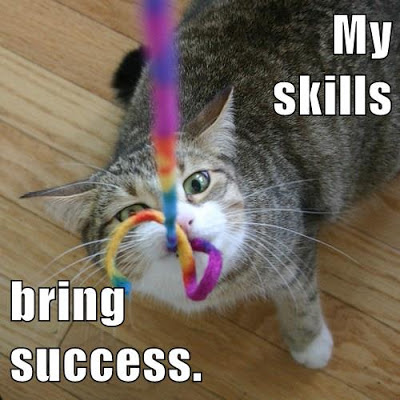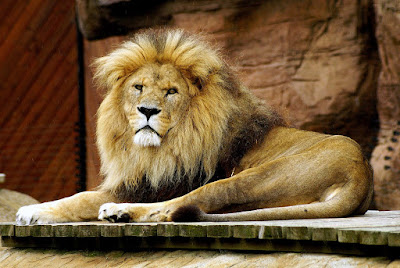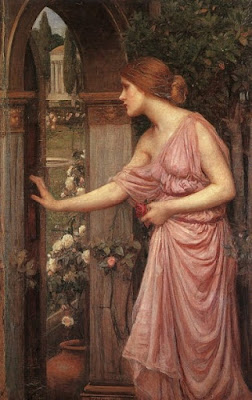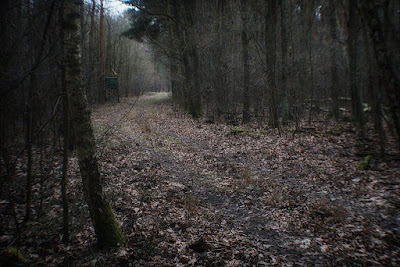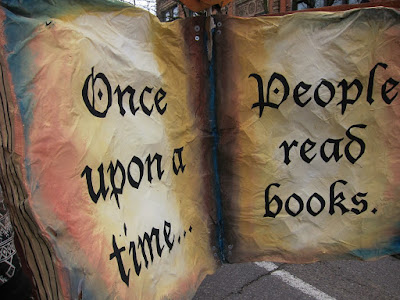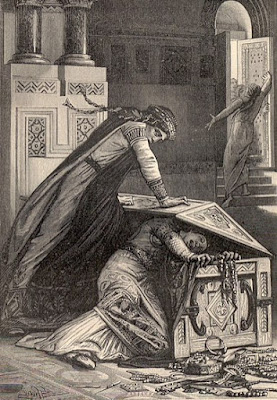Reading Notes: Ovid's Metamorphoses, Part A
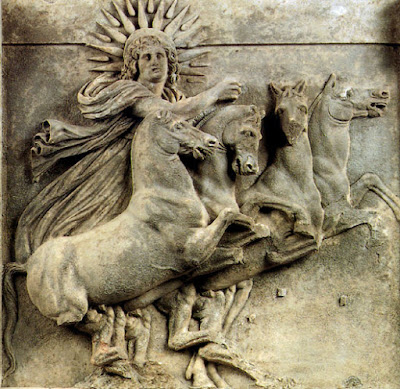
For this week's readings, I chose Ovid's Metamorphoses which includes multiple tales involving the Greek/Roman gods and goddesses. My favorite story out of the seven included in Part A was the story of Phaethon and the Su n from Ovid's Metamorphoses , translated by Tony Kline (2000). Phaethon is the son of the sun god Phoebus. He asks his father to prove his parentage by granting his son one wish. The god grants Phaethon a wish and the boy asks to be allowed to drive him father's chariot which carries the sun across the sky each day. Phoebus reluctantly agrees, seeing the danger in his son's request. Sure enough, Phaethon is unable to control the horses and lights heaven and earth on fire. Jupiter is forced to kill the boy with a lightning bolt in order to save the earth. Phoebus mourns his son, as does the boy's mother and three sisters. His sisters all turn into poplar trees as they mourn their brother. I think it would be interesting to rewrite this stor
